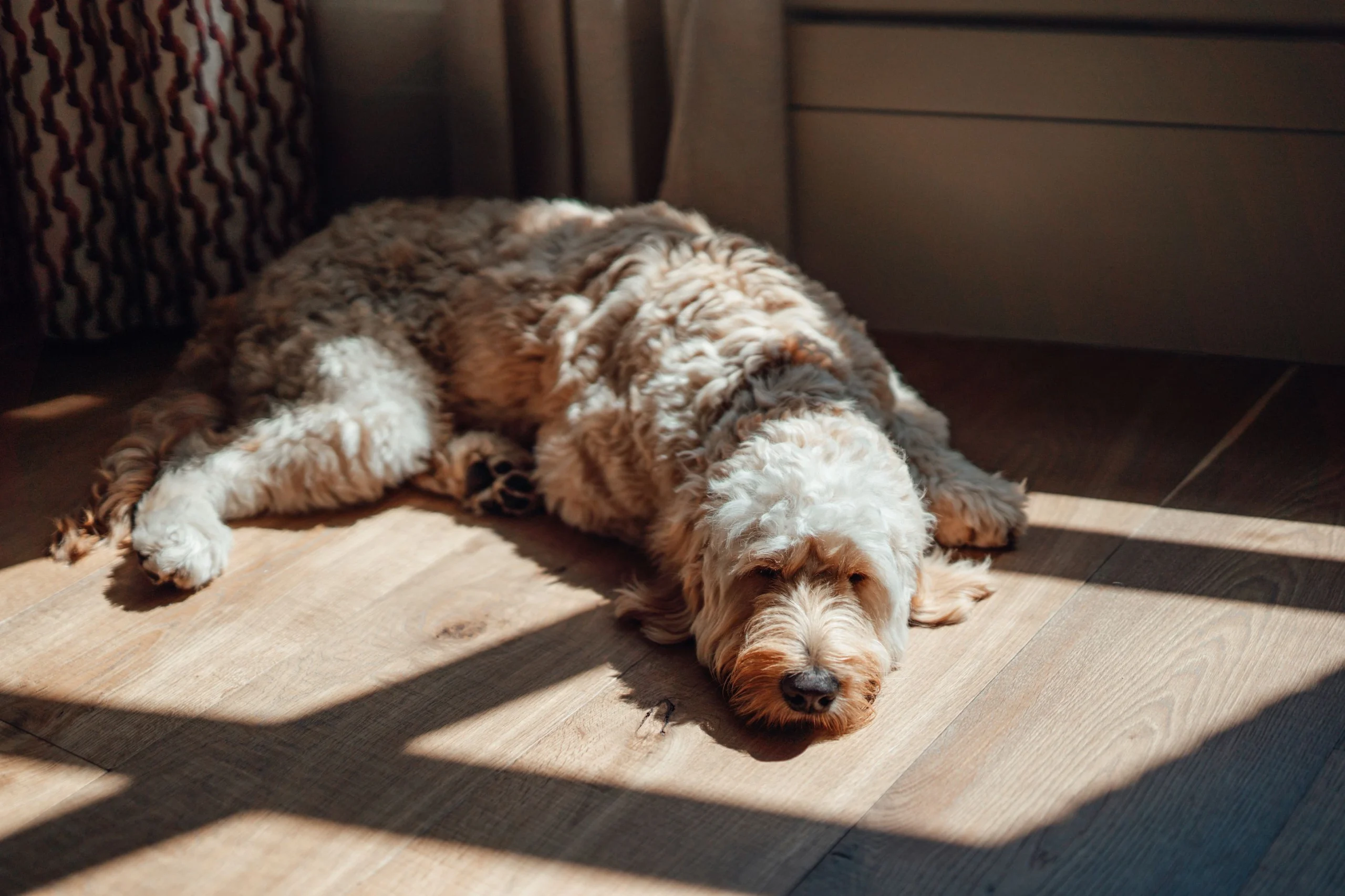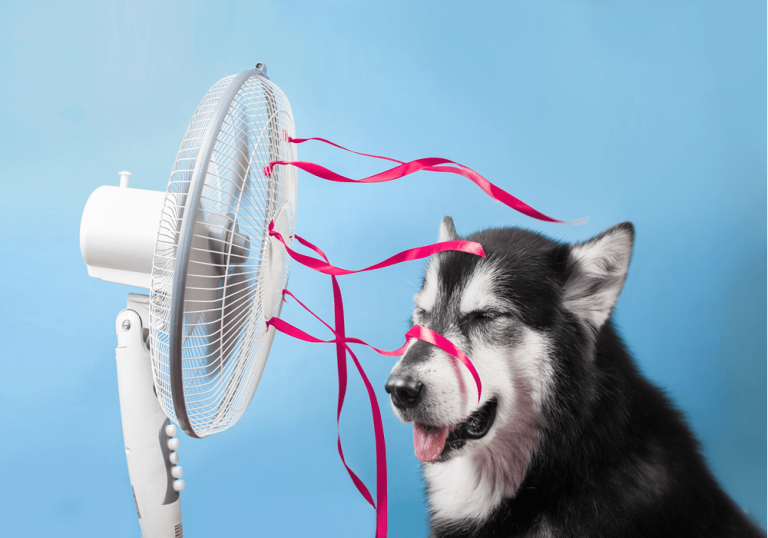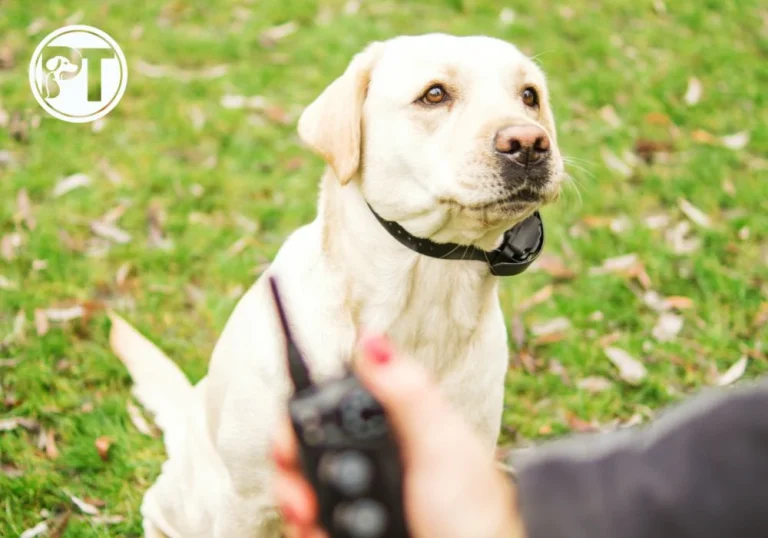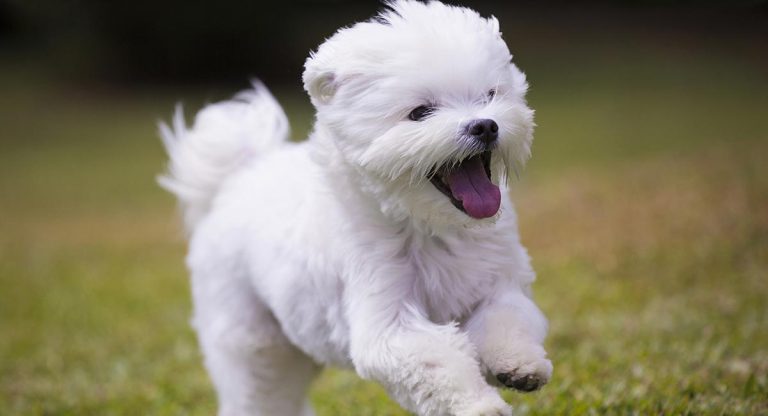Dog Panic Attack: Understanding and Managing Canine Anxiety
Introduction
Dogs are known for their loyal and playful nature, bringing joy and companionship to millions of households worldwide. However, just like humans, dogs can experience emotional and psychological challenges, including anxiety and panic attacks. In this article, we will delve into the topic of dog panic attacks, exploring their causes, symptoms, and effective strategies for managing and supporting our furry friends during such episodes.
1. Understanding Dog Panic Attacks
What is a Panic Attack?
A panic attack in dogs is an intense period of fear or anxiety characterized by a sudden onset of distressing symptoms. During a panic attack, a dog may exhibit a range of behavioral, physical, and emotional signs, which can be distressing for both the dog and its owner.
Recognizing Panic Attacks in Dogs
It is important for dog owners to be able to recognize the signs of a panic attack in their furry companions. Common indications include rapid breathing, excessive panting, trembling, dilated pupils, pacing, and attempts to escape or hide. Understanding these signals will allow you to respond promptly and provide appropriate support to your dog.
Causes of Dog Panic Attacks
Several factors can contribute to the occurrence of panic attacks in dogs. Common triggers include past traumatic experiences, separation anxiety, changes in routine, loud noises (such as fireworks or thunderstorms), or unfamiliar environments. It is essential to identify the underlying cause to effectively address and manage panic attacks in dogs.
2. Symptoms of Dog Panic Attacks
Physical Signs
During a panic attack, dogs may exhibit various physical symptoms. These can include increased heart rate, rapid breathing, excessive sweating (through paw pads), restlessness, trembling, and digestive issues like vomiting or diarrhea. These physical signs are a manifestation of the dog’s heightened anxiety and distress.
Behavioral Signs
In addition to physical symptoms, dogs experiencing a panic attack may display behavioral changes. These can include excessive barking or whining, attempts to escape or hide, destructive behavior (such as chewing on furniture or digging), loss of appetite, or increased aggression. Understanding these behavioral signs will help you differentiate panic attacks from other forms of canine distress.
Vocalizations and Restlessness
During a panic attack, dogs may vocalize their distress through whining, howling, or excessive barking. They may also become restless, pacing back and forth or unable to settle down. These behaviors are indications of their heightened anxiety and can be distressing for both the dog and the owner.
3. Managing Dog Panic Attacks
Creating a Calming Environment
Creating a calming environment for your dog is crucial during and after a panic attack. Ensure that your dog has a safe and comfortable space where they can retreat to during moments of distress. This area should be free from loud noises, have familiar scents, and contain comforting items like their bed, toys, or a favorite blanket.
Positive Reinforcement and Training
Positive reinforcement techniques can be effective in managing and reducing panic attacks in dogs. By rewarding calm behavior and gradually exposing your dog to triggering situations in a controlled manner, you can help them build resilience and develop coping mechanisms. Seek guidance from a professional dog trainer or behaviorist for tailored training strategies.
Professional Help and Medication
In severe cases, seeking professional help from a veterinarian or animal behaviorist may be necessary. They can assess your dog’s specific situation and prescribe medications or recommend therapies to alleviate anxiety symptoms. Medication should only be used under professional guidance and should never be the sole approach to managing panic attacks.
4. Preventing Dog Panic Attacks
Routine and Consistency
Maintaining a consistent routine can help prevent panic attacks in dogs. Dogs thrive on predictability, so try to establish regular feeding, exercise, and playtime schedules. Stick to consistent bedtime routines and provide your dog with a sense of security and stability, reducing the likelihood of anxiety triggers.
Socialization and Exposure
Socialization plays a crucial role in preventing panic attacks in dogs. Introduce your dog to various environments, people, and other animals from an early age, using positive reinforcement techniques to build positive associations. Gradual exposure to different situations can help your dog develop confidence and resilience, making them less prone to panic attacks.
Physical and Mental Stimulation
Physical exercise and mental stimulation are essential for a dog’s overall well-being and can help prevent anxiety-related issues. Regular walks, playtime, and interactive toys can channel your dog’s energy and provide a healthy outlet for stress. Engaging your dog in mentally stimulating activities, such as puzzle toys or obedience training, can also help prevent panic attacks by keeping their mind occupied.
5. Supporting Dogs During Panic Attacks
Remaining Calm and Reassuring
During a panic attack, it is vital for dog owners to remain calm and composed. Dogs are highly intuitive and can pick up on their owner’s emotions. Speak in a soothing tone, avoid sudden movements, and provide gentle physical contact if your dog seeks it. Your calm presence will help your dog feel reassured and supported during their distressing episode.
Providing a Safe Space
Designate a safe space for your dog where they can retreat during panic attacks. This could be a crate, a specific room, or a comfortable area with familiar scents. Make sure this space is always accessible to your dog and that they associate it with safety and comfort. Avoid confining or punishing your dog during panic attacks, as this can exacerbate their anxiety.
Distracting and Redirecting
During a panic attack, redirecting your dog’s focus can help alleviate their distress. Engage them in a favorite game or offer a puzzle toy filled with treats. By redirecting their attention, you can help shift their focus away from the triggering stimuli and onto something positive. However, if redirecting does not work or if the panic attack persists, it is essential to consult a professional for further guidance.
6. Conclusion
Dog panic attacks can be distressing for both the dog and their owner. However, by understanding the causes, recognizing the symptoms, and implementing appropriate management strategies, we can support our canine companions during these challenging episodes. Remember, each dog is unique, and finding the right approach may require patience and professional guidance. With love, care, and a calm presence, we can help our furry friends overcome their anxiety and lead happier, more relaxed lives.







